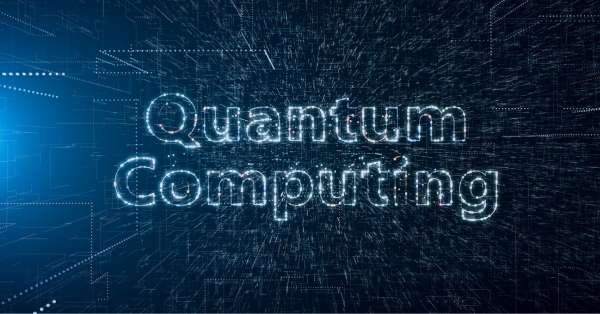Researchers at the Department of Energy’s Oak Ridge National Laboratory (ORNL) have harnessed the power of a commercial quantum computer to identify a molecular candidate for developing more efficient solar cells. This groundbreaking research not only demonstrates the potential of quantum computing for scientific applications, but also has promising implications for the future of solar energy.
The research was conducted against the backdrop of industrial studies showing that conventional solar cells have a theoretical maximum efficiency of about 33%.
The ORNL team focused on singlet fissiona process in which a single photon of light absorbed by a molecule generates two excited states, causing the The potential for solar panels to exceed the existing efficiency limit and achieve greater efficiency. By modeling singlet fission on the Quantinuum H1-1 quantum computer, the team confirmed that the linear H4 molecule possesses energetic levels that perfectly match the requirements of the fission process.

Simply put, the linear H4 molecule, consisting of four hydrogen atoms arranged linearly, demonstrates the potential for improved energy harvesting from sunlight, making it an ideal candidate for more efficient solar panels. The research results were published in The Journal of Physical Chemistry Letters.
Dr. Daniel Claudinothe research scientist responsible for the project stated, “It is very difficult to fundamentally understand whether a particular material exhibits singlet fission. There is a specific energetic requirement, and it is difficult to find materials that meet it.”
Taking advantage of the full capabilities of the quantum computer, the ORNL team used a quantum solver called PDS, based on the Peeters-Devreese-Soldatov approximation, to accurately describe all the quantum states involved in singlet fission. PDS offered higher accuracy than conventional density functional theory and required fewer computational resources than coupled cluster theory, making it ideal for harnessing the potential of quantum computers in quantum chemical simulations.
Although quantum computing has great potential, it still faces challenges, including high error rates. The ORNL team applied innovative strategies, including qubit tapering, qubit-wise commutativity, and parallel circuit implementation, to reduce computational workload, allowing them to achieve reliable results in weeks instead of months.
As the world seeks sustainable solutions to combat climate change and revolutionary technologies develop, breakthroughs in the use of quantum computing to tackle energy problems continue to emerge. NREL’s example of using quantum computing for network optimization opened a new wave of innovation in the nation’s energy sector, while this breakthrough in using quantum computing to identify molecular candidates for improved solar cells offers tremendous power to advance solar energy to help.
The project was funded by DOE’s Basic Energy Sciences (BES) program and access to the H1-1 quantum computer was provided by the Quantum Computing User Program of the Oak Ridge Leadership Computing Facility, a user facility of the DOE Office of Science .

